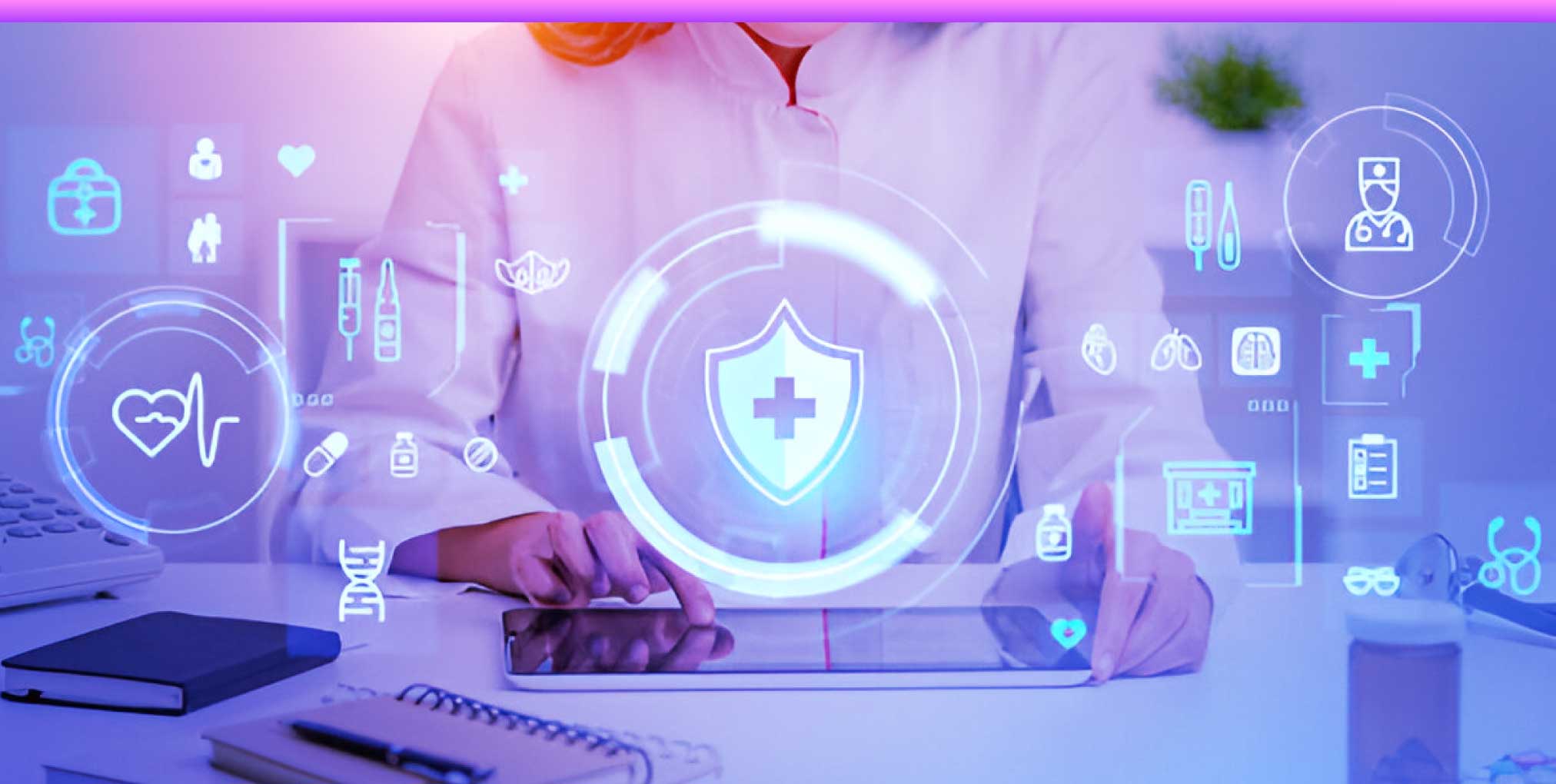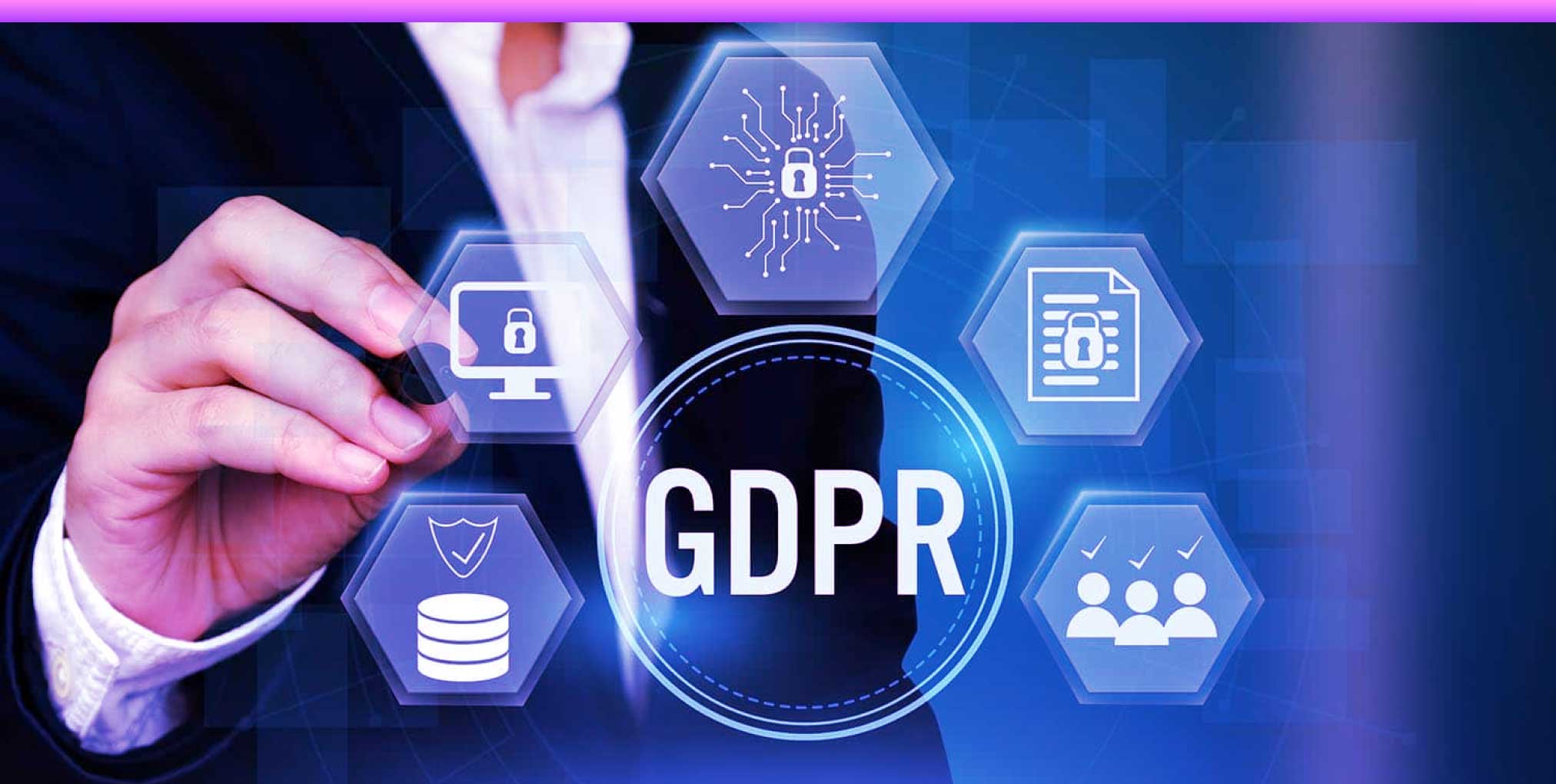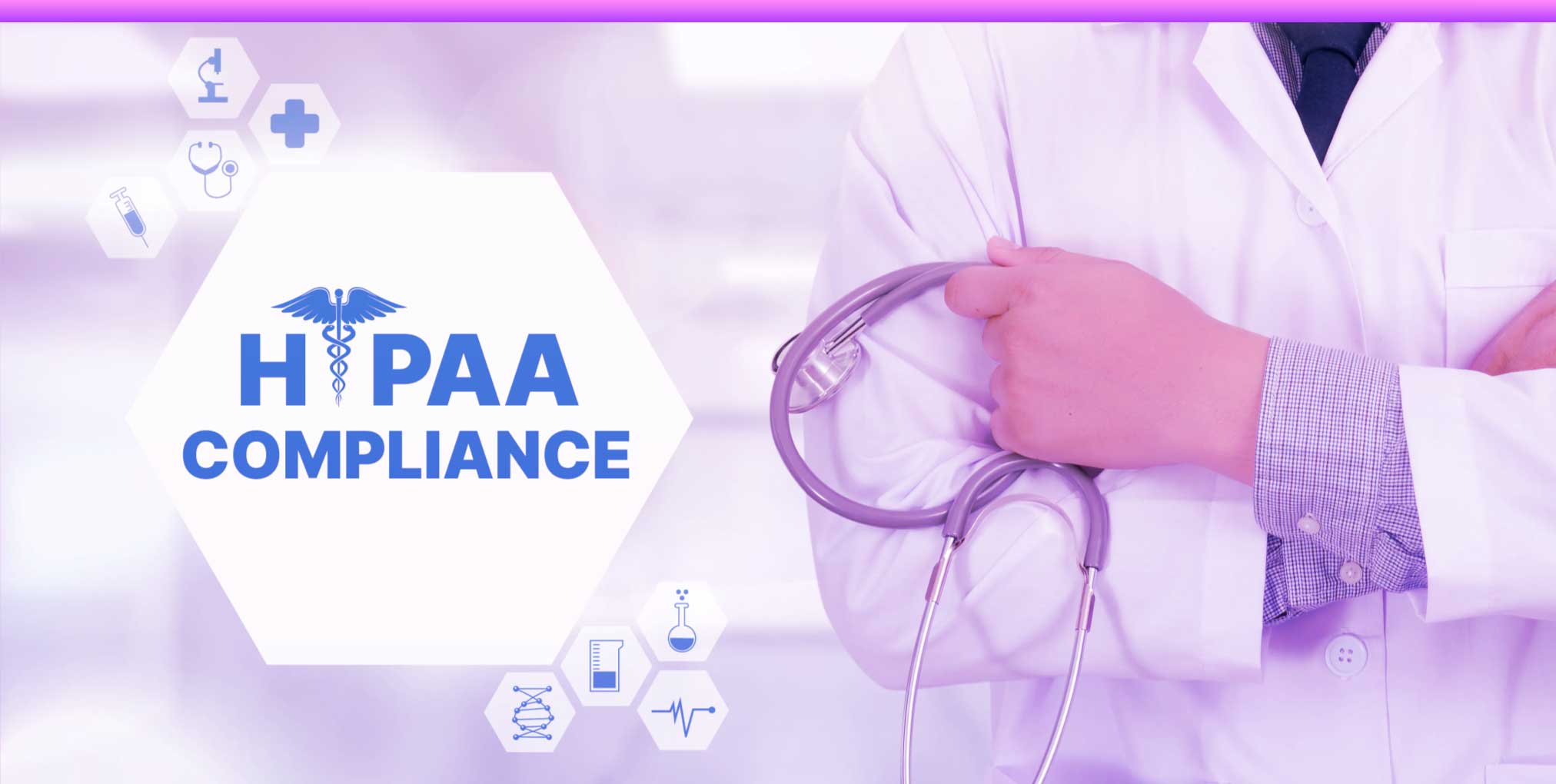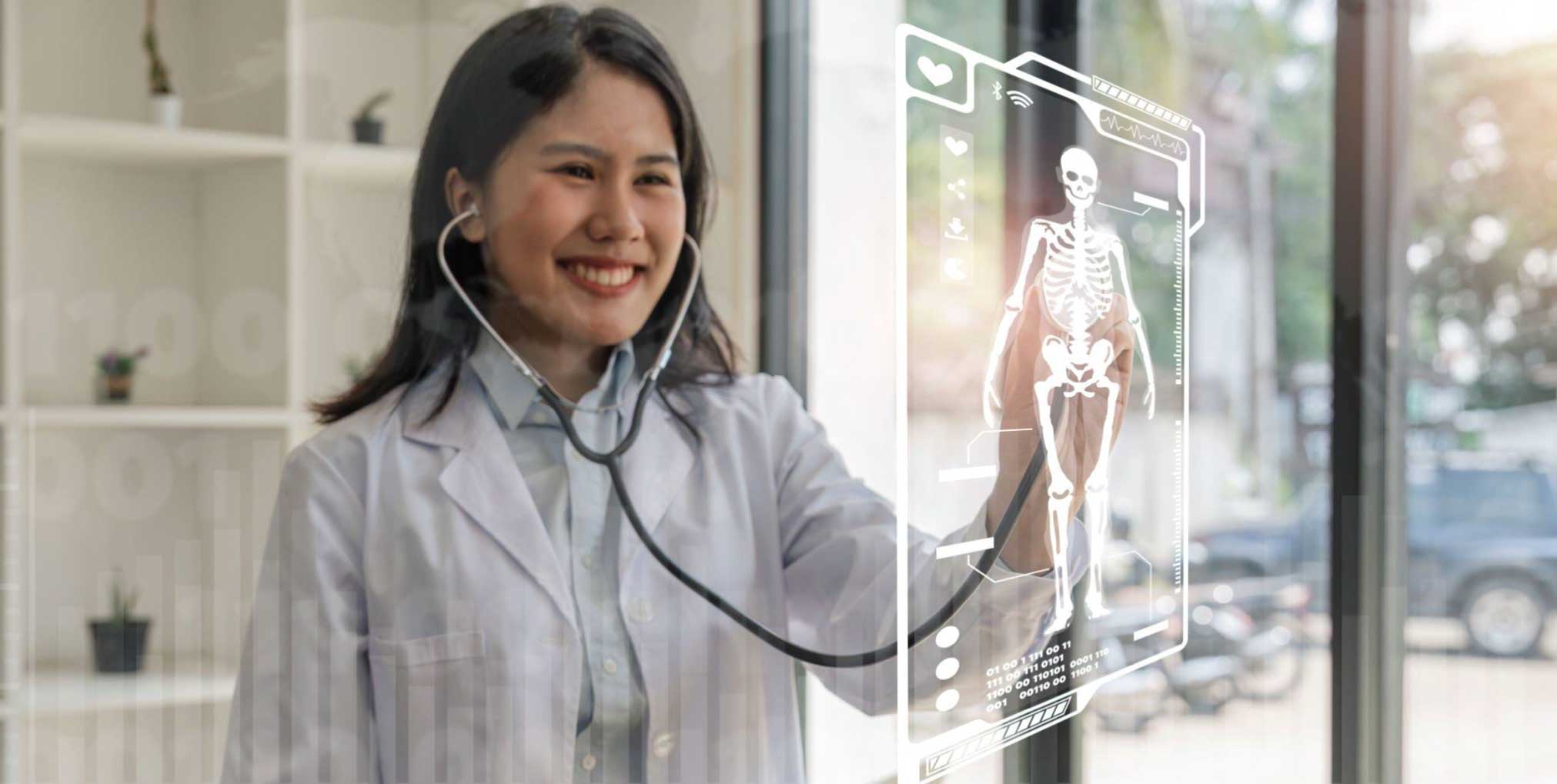

September 18, 2023
Exploring Application of Computer Vision in Healthcare
The healthcare industry has always been at the forefront of innovation when it comes to technology. One of the latest technological innovations that is gaining momentum in healthcare is computer vision.
The use of computer vision in healthcare has the potential to revolutionize the way providers diagnose and treat patients. From analyzing X-rays and MRI scans to monitoring vital signs, the applications are vast.
In this article, we will dive into the many ways computer vision for the healthcare industry is used and the benefits it brings to healthcare providers and patients.
What is Computer Vision in healthcare?
Computer Vision involves using AI and machine learning algorithms to analyze medical images and videos. It detects patterns and anomalies that may not be visible to the naked eye. This technology can be used in many different areas of healthcare, from radiology and pathology to cardiology and dermatology.
With computer vision, doctors can rapidly and accurately identify illnesses and injuries, making exact and personalized diagnoses. Computer Vision in healthcare boosts patient outcomes and also makes healthcare more efficient and cost-effective than ever before. With the exponential growth of technology and massive amounts of health data being collected, it’s clear that computer vision is set to play a crucial role in the future of healthcare.
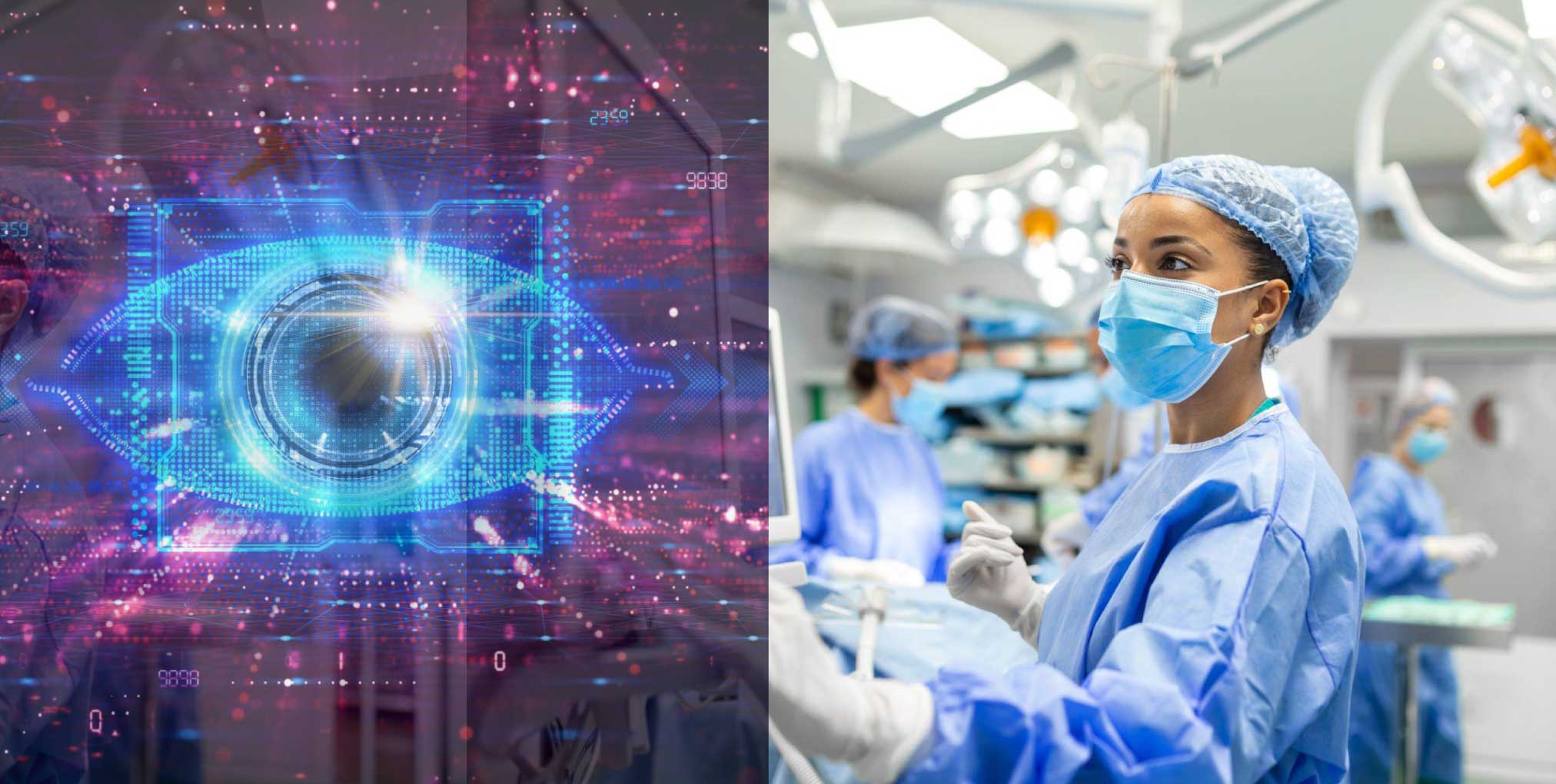
Application of computer vision in healthcare:
Object Recognition
The use of computer vision for healthcare is quickly gaining momentum, and for good reason. Like Computer Vision for e-commerce, object recognition is one area showing promising results. In healthcare, it is specifically used in the early detection of cancerous skin moles. Thanks to advances in artificial intelligence, computers can now analyze millions of medical images and identify abnormalities with incredible accuracy.
By using machine learning algorithms, doctors can more quickly and confidently diagnose conditions like skin cancer, ultimately saving more lives. This application of computer vision represents a turning point in medical history. The technology can augment and improve healthcare professionals’ already extraordinary skills.
Object Detection
Computer vision has led to increased accuracy in diagnosing diseases and abnormalities. One example of its application is the detection of lung diseases through X-ray images.
With the ability to accurately identify and highlight abnormalities, computer vision technology can reduce the time and effort required for doctors to analyze multiple images. It leads to a quicker and more precise diagnosis. This technology can potentially revolutionize how healthcare professionals approach treating diseases.

Semantic Segmentation
Computer vision has brought revolutionary changes in every sector, and healthcare is no exception. One such application of computer vision technology is semantic segmentation, which makes it possible to detect and segment polyps from colonoscopy videos with extreme accuracy.
Identifying polyps early on can help prevent colon cancer, the third most common cancer worldwide. With the help of computer vision technology, healthcare professionals can detect even the smallest polyps that previously went unnoticed.
Moreover, this technology helps to reduce patient discomfort by shortening the duration of the colonoscopy procedure. Therefore, computer vision has opened up a new realm in healthcare that will enable early detection and diagnosis of various diseases.
Instance Segmentation
Instance segmentation is revolutionizing how abdominal organ segmentation and recognition are performed from CT scans. With the ability to analyze millions of pixels in seconds, this software accurately identifies each organ within an image using advanced algorithms.
The potential impact of this technology is immeasurable, allowing for quicker and more accurate medical diagnoses. It is incredibly impactful in time-sensitive scenarios. As computer vision for healthcare continues to evolve, we can expect to see more breakthroughs that enhance the quality of life for patients worldwide.
Benefits of Using Computer Vision for Healthcare
Greater Safety
The benefits of using computer vision in healthcare are vast and incredibly impactful on patient care. One of the most significant benefits is the greater safety it provides patients and medical professionals. Computer vision technology can detect anomalies that may be missed by human observation, allowing for more accurate diagnoses and treatment plans.
Additionally, computer vision systems can monitor patients in real-time, alerting medical staff to any sudden emergencies. Computer vision is revolutionizing the healthcare industry by combining human expertise with the power of artificial intelligence. It is creating safer, more effective patient care.
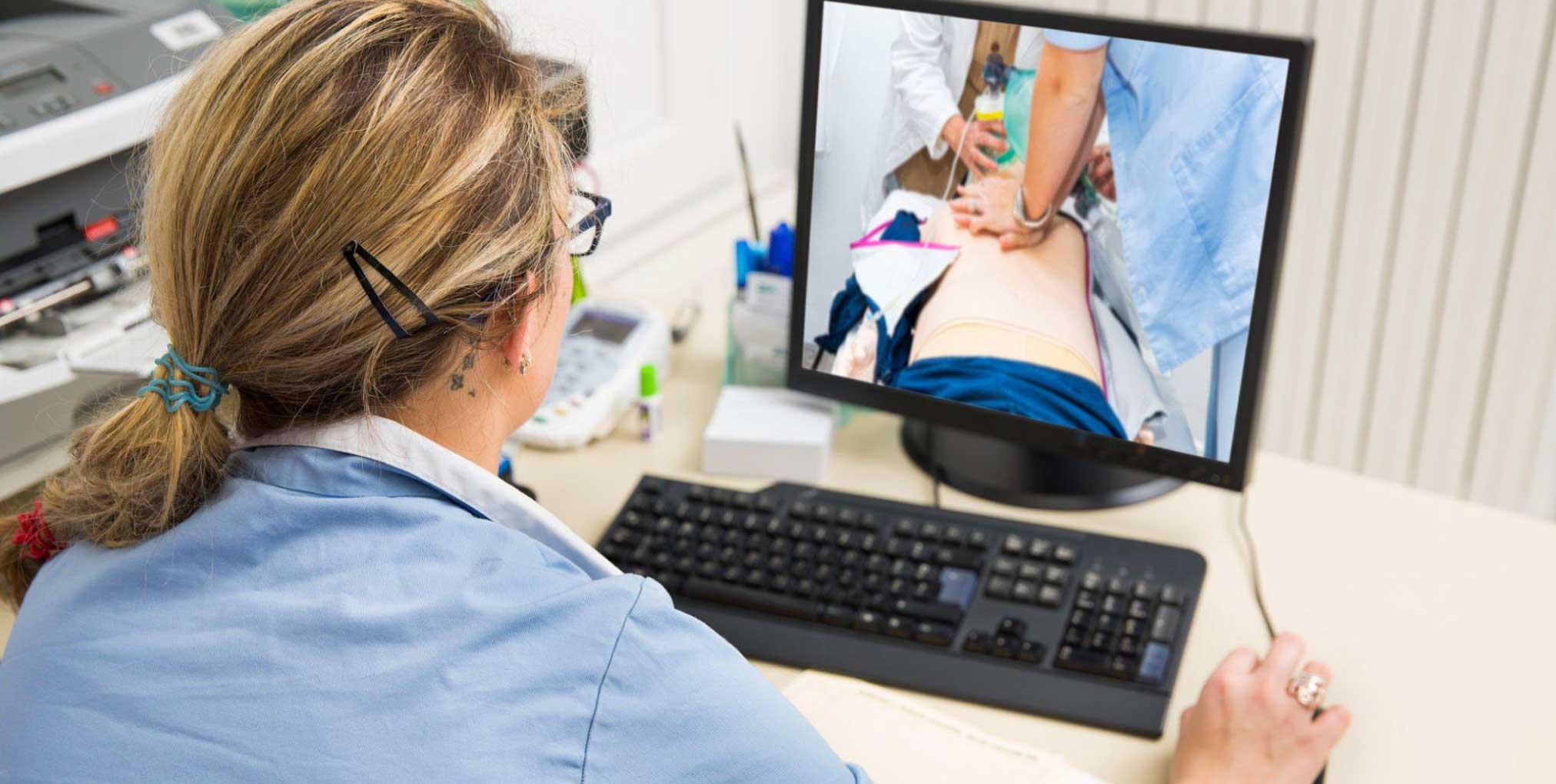
Better Service
With the incorporation of computer vision in healthcare, medical professionals are gradually experiencing various advantages. One of the most significant benefits of this new technology is that it has allowed for better service delivery. Computer vision has facilitated the automation of tasks, which greatly helps reduce patient wait times.
By streamlining processes and making them more efficient, physicians and medical staff have been able to provide quicker and more accurate diagnoses, leading to better patient outcomes. As the use of computer vision continues to expand within the healthcare industry, patients can expect to receive even better and more personalized care soon.
Faster Performance
One key advantage of computer vision is the ability to improve the speed and efficiency of diagnoses. Medical professionals can quickly identify potential health issues by leveraging high-quality imaging results. This can ultimately lead to faster patient recoveries and better overall wellness outcomes.
Additionally, by automating basic diagnostic tasks, computer vision can help streamline busy healthcare providers’ work. It allows them to focus on more complex and nuanced aspects of patient care. As a result, the healthcare industry is rapidly embracing this technology and its potential to revolutionize the way that medical care is delivered.
More Accuracy
By analyzing complex medical images and data, sophisticated algorithms can accurately identify and diagnose various medical conditions. This has dramatically reduced the risk of human error and misdiagnosis. The result is better treatment outcomes and higher patient satisfaction rates.
As the use of computer vision continues to grow in healthcare, we can expect even more breakthroughs in the accuracy of diagnosis and treatment, ultimately improving patient care.
Conclusion:
In conclusion, the application of computer vision for healthcare presents a wide variety of potential benefits. This technology is revolutionizing how medical professionals diagnose and treat various conditions. As advancements in computer vision continue to take place, it is likely that healthcare professionals will reap even more advantages from this technology in the near future. Ultimately, computer vision has the potential to revolutionize healthcare and further enhance patient care as we move into a new era of medical innovation.




